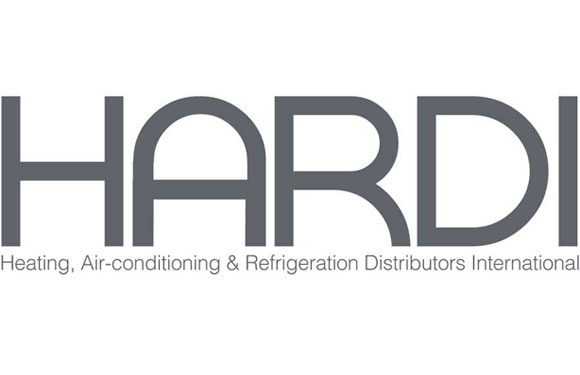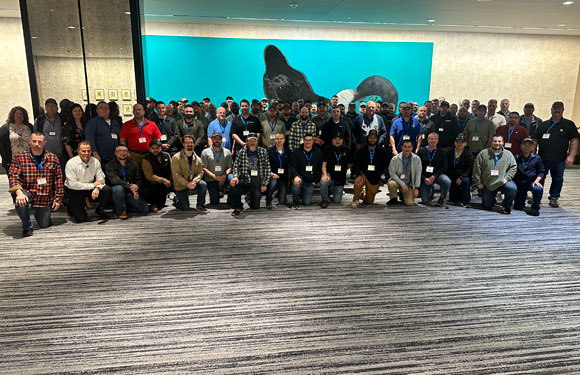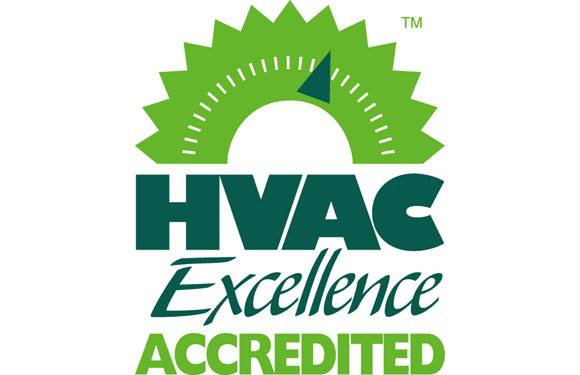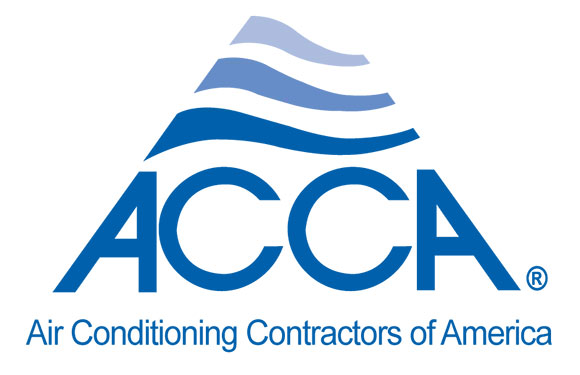
News
Carbon Monoxide: The First Line of Defense Against Carbon Monoxide
By David Richardson
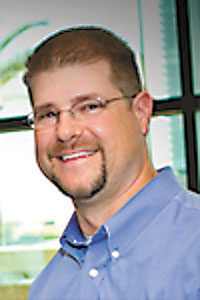
The news media frequently promotes store-bought carbon monoxide (CO) alarms as the first line of defense against CO poisoning. It’s an easy position to take since there is no accountability. Plug the alarm into a receptacle and you’re protected, right?
What if the CO alarm sounds? Many suggest that you call the fire department or gas company. Once they arrive, the house is usually aired out. The mysterious CO leak isn’t pinpointed, so the CO alarm or a random appliance, such as the furnace, is blamed.
Do you see a problem with this scenario? The amount of assumptions and guesses about CO is scary. Lazy troubleshooting won’t pinpoint the cause and provide a solution for a silent killer. It takes specialized training and test equipment to do this that many don’t have.
Who Should Take the Lead?
No one is in a better position to be the first line of defense against CO than HVAC professionals. No service provider is in homes of the general public more than the HVAC industry. This provides the perfect opportunity to verify safe operation of any fuel burning appliances in the home. How many CO problems could be prevented if we focused on this single aspect?
If every HVAC company had the training and proper test instruments to make this happen, maintenance agreements and emergency service calls would be the time to make it happen. Our industry is one of a handful that’s crazy enough to install fuel-burning equipment inside a building and then assume it’s safe without testing it.
Isn’t it our responsibility to verify the safe operation of equipment we install, service, and maintain? Imagine how much good could come just from CO testing every opportunity you’re in a customer’s home?
Understand the Equipment
There should be no one who understands fuel-burning equipment better than the HVAC industry. If there’s a CO issue, a properly trained technician can diagnose and solve the problem. Too many take a shotgun approach and hope they hit the right answer. A properly trained technician can pinpoint the answer causing the CO problem.
With a firm understanding of the equipment, it is also understood that equipment replacement doesn’t always fix a CO problem. There are certain relationships that may take place that can only be predicted once you know the operating characteristics of the equipment. This isn’t something you learn in a one-week course.
What Will It Take to Get There?
The first thing needed for this to become a reality is a change in company philosophy. This starts with company leaders and works down through the ranks for a complete change in company culture. If your purpose isn’t the safety and comfort of your customers, you probably won’t get excited about a change like this. If you value the safety and comfort of your customers, it will be the best change you can make.
Technicians need the time to properly test equipment for safe operation. If you have a dispatcher that loads your technicians down with an unreasonable amount of calls per day, your chances of failure are high.
Technicians also need the proper training and test equipment, preferably in that order. If they haven’t been trained to use a combustion analyzer and draft gauge, there are a lot of issues they’re overlooking. Testing should be an important part of each call on all fuel-fired equipment.
Visual assumptions that have plagued technicians for years also need to be left in the past. Flame color, cracks in heat exchangers, and leaks in flue pipes always being the cause of CO poisoning should be verified instead of assumed.
There also needs to be a basic understanding of building science principles to back up the skills required of an HVAC technician. There are interactions that take place in a building that may lead to CO production. If the origin of these connections isn’t understood, a problem won’t be properly diagnosed and solved.
Remember, store bought CO alarms, while required in many areas, simply don’t get the job done for real protection. Low-level CO monitors are a step up in extra defense and insurance, but not the complete answer. Stop relying on these devices to get out of proper testing and diagnostics and add them to complete your line of safety offerings.
About the Author
David Richardson serves the HVAC industry as a curriculum developer and trainer at the National Comfort Institute, Inc. (NCI). NCI specializes in training focused on improving, measuring, and verifying HVAC and Building Performance. If you’re an HVAC contractor or technician interested in learning more about adding combustion testing to your services, contact David at davidr@ncihvac.com or call him at 800-633-7058. NCI’s website www.nationalcomfortinstitute.com is full of free technical articles and downloads to help you improve your professionalism and strengthen your company.




